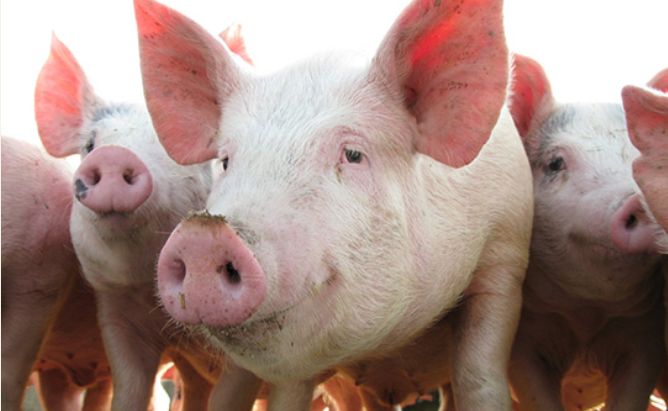



8 ways to boost immunity in livestock
Drawing on his decades of field experience and expertise in immunology, Victor Cortese, DVM, PhD, offers suggestions for optimizing immunity.
1. Treat the immune system well
The goal with the immune system is to keep it from working too hard, Victor Cortese, DVM, PhD, said, because an animal requires more energy and protein if the immune system is challenged. When that production cost occurs, it can have long-term impacts.
“If you’re over-vaccinating pigs in the first 30 days of life, it can have a long-term negative impact on weight gain, feed efficiency and reproductive capabilities, yet we have tended to think this is the best time,” Cortese said. “As we learn more about perinatal programming, this is an area in which we need to be careful.”
Not all animals respond to vaccination in the same way. Cortese reminded swine veterinarians that there are at least a dozen factors that could affect the ability of an individual animal to respond to vaccination, including:
- Type of vaccine
- Proper handling of vaccine to ensure proper dosage
- Fever
- Subclinical disease
- Parasites
- Maternal antibodies
- Heat (external temperature)
- Stress (higher levels of cortisol)
- Nutrition status (micro-minerals important)
- Immune status
- Prior disease exposure or vaccination
- Use of antibiotics (live-bacteria vaccines)
2. Check nutrient availability
An animal’s immune system depends on the available nutrients it receives, and this should be checked frequently.
Cortese recalled that when a plant producing vitamin A had to close because of a fire, the vitamin was sourced from other countries where variability was greater. Pigs and cattle across the US began to show signs of vitamin A deficiencies.
An Iowa swine veterinarian contacted Cortese at that time and said he couldn’t get pneumonia under control in a barn. Cortese suggested he pull some blood from the pigs, and when he did, Iowa State University laboratory technicians told him it was the lowest vitamin A levels they’d ever seen in pigs.
“What the pig is absorbing is what’s useable in the ration,” he reminded the veterinarians. “We can’t assume anymore, particularly as our facilities get bigger, that what’s been balanced on paper is
what a pig is absorbing. It’s important to periodically check trace-mineral and vitamin levels to understand what’s being absorbed and the impact nutrition has on the immune system.”
Water interactions are also a factor, he said. “I have customers with wells in Indiana right now that are so high in zinc that they’re causing zinc toxicity. We need to do a better job of checking.”….
| References | ||||
|---|---|---|---|---|
| 1 T Cells and B Cells Go to College. https://wol.jw.org/en/wol/d/r1/lp-e/101990842. | ||||
| 2 Sharma P, Kumar P, Sharma R. Natural Killer Cells – Their Role in Tumour Immunosurveillance. J Clin Diagn Res. 2017;11(8):BE01-BE05. doi:10.7860/JCDR/2017/26748.10469 | ||||
| 3 Introduction to Immunology, The Biology Project, Department of Biochemistry and Molecular Biophysics, College of Science, University of Arizona. http://www.biology.arizona.edu/immunology/tutorials/immunology/page3.html. | ||||








